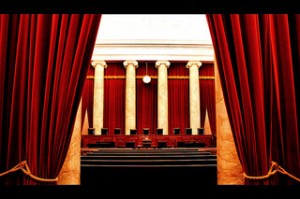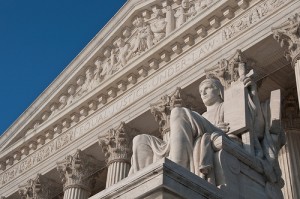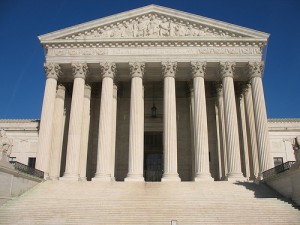Federal Agency Deference: SLLC Argues Less is More
Posted
31 Jan 2017 in Case Notes, IMLA Briefs
If the war to overturn Chevron v. NRDC (1984) is to be won, many battles will probably have to be won first.
While overturning Chevron is not on the table in Coventry Health Care of Missouri v. Nevils, limiting it is. The State and Local Legal Center (SLLC) asked the Court in its amicus brief to rule that Chevron deference does not apply when an agency is construing the scope of a statute’s preemption provision, absent Congress’s assent.
In Chevron v. NRDC the Supreme Court held that courts should defer to reasonable agency interpretations of ambiguous statutes. States and local governments generally prefer that courts not defer to federal agency regulations because this deference gives federal agencies a lot of power.









